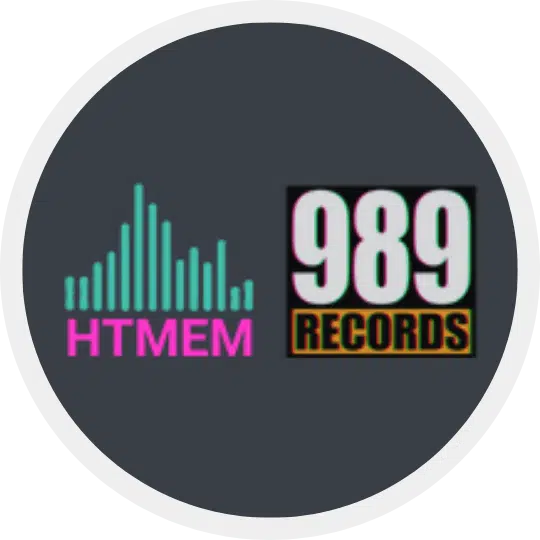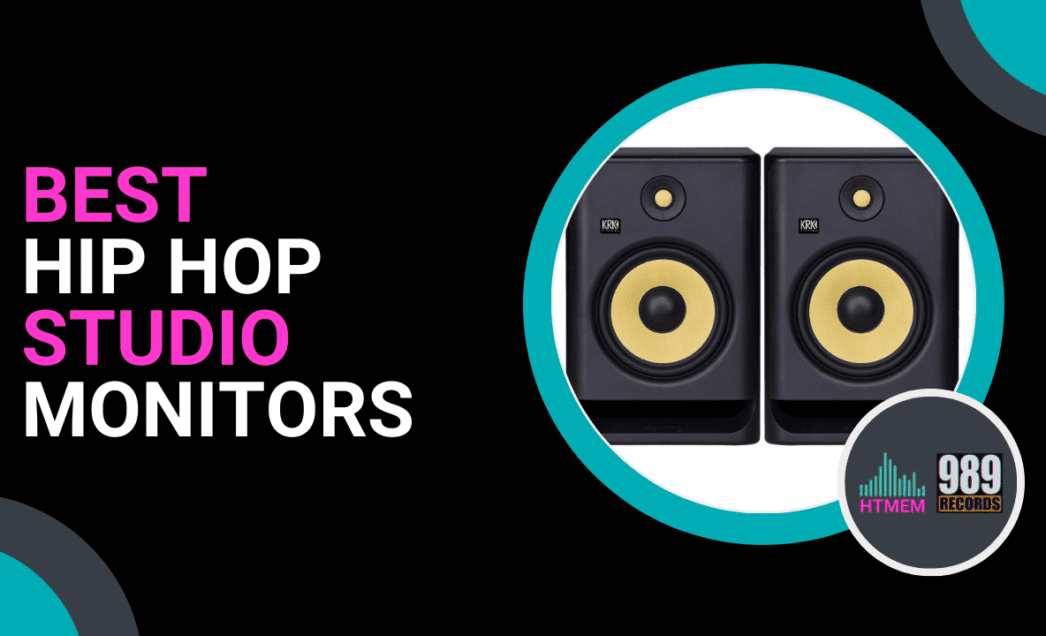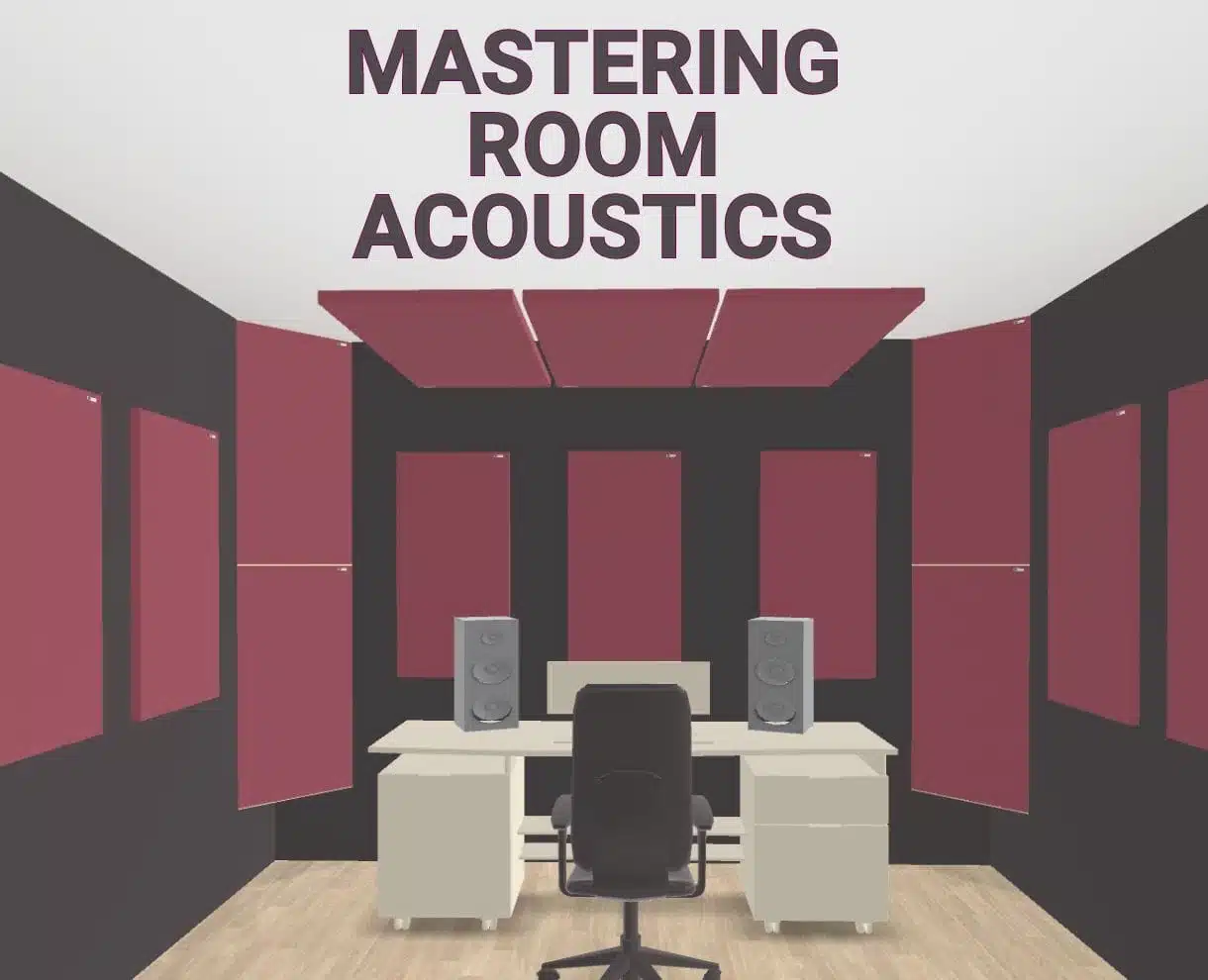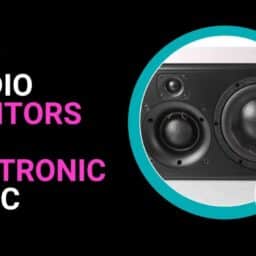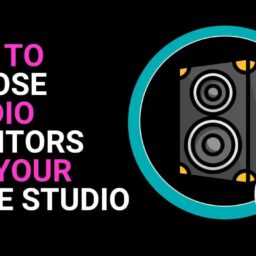Introduction to Music Production with Studio Monitors
Studio monitors are indispensable for music production, providing accurate sound reproduction that helps producers make informed decisions about their music.
In hip-hop music production, understanding sound quality and frequency response is crucial, making studio monitors an essential tool for producers striving for excellence. Similarly, for an electronic music producer, studio monitors like the KRK Rokit series are vital as they enhance the mixing experience by improving low-end response and offering tailored EQ settings.
In this article, we’ll discover the top 5 best studio monitors for hip-hop music production, exploring their key features and what makes them stand out in the world of music production.
Are you ready?
What Are Studio Monitors and Why Do You Need Them for Music Production?
Studio monitors are specialized speakers designed specifically for music production, mixing, and mastering. Unlike consumer-grade speakers, which often color the sound to enhance the listening experience, studio monitors provide an accurate and uncolored representation of your audio.
This means they deliver a flat frequency response, ensuring that no specific frequencies are emphasized or attenuated. This accuracy is crucial for music production, as it allows you to hear your tracks exactly as they are, enabling you to make precise adjustments.
For hip hop producers, studio monitors are indispensable. They help you accurately mix and master your tracks, ensuring that every element of your music is balanced and clear. With studio monitors, you can identify and correct frequency imbalances, make informed decisions about your music, and produce high-quality audio that translates well across different playback systems.
So, if you’re working on deep basslines, crisp highs, or intricate mid-range details, studio monitors provide the clarity and precision needed to achieve professional results.
Choosing the Right Studio Monitor
Selecting the right studio monitor involves considering several factors:
- Frequency Response: Look for monitors with a flat frequency response to ensure an accurate representation of your music. This is vital for hip hop producers (also electronic music producers) who need to capture the full range of sounds, from deep bass to crisp highs.
- Sound Quality: Accurate studio monitors provide a balanced sound with clear highs and deep lows, essential for detailed mixing and mastering.
- Bass Response: Hip hop production often demands a robust low end. Monitors with good bass response are crucial for capturing the genre’s signature sound.
- Monitor Size and Space: Consider the size of the monitor and the space available in your studio. Larger monitors might provide better sound but require more room.
- Active vs. Passive Monitors: Active monitors, which include a built-in amplifier, are a popular choice for their ease of setup and use.
- Electronic Music Production: For electronic music production, studio monitors with a wide frequency range and strong bass response are essential. Features like digital signal processing and built-in graphic EQ functions, as found in the KRK Rokit series, cater to the unique needs of electronic music mixing.
Active vs Passive Studio Monitors
When choosing studio monitors, you’ll encounter two main types: active and passive.
The primary difference between the two lies in their amplification.
Active studio monitors come with a built-in amplifier, which powers the speaker drivers. This design offers several advantages:
- Convenience: Active monitors are plug-and-play, requiring only a power source and an audio signal.
- Space-saving: With the amplifier built-in, active monitors take up less space in your studio.
- Ease of use: Active monitors often feature volume controls and other adjustments, making it easy to tailor the sound to your preferences.
On the other hand, passive studio monitors require an external amplifier to function.
This design provides its own set of benefits:
- Flexibility: Passive monitors can be paired with a variety of amplifiers, allowing you to choose the best match for your studio.
- Upgradeability: You can upgrade your amplifier without replacing the entire monitor.
- Cost-effectiveness: Passive monitors can be more affordable than active monitors, especially when paired with a separate amplifier.
Ultimately, the choice between active and passive studio monitors depends on your specific needs and preferences.
Active monitors are ideal for those seeking simplicity and ease of use, while passive monitors offer greater flexibility and potential cost savings.
Key Features of Studio Monitors
When evaluating studio monitors, focus on these key features:
- Frequency Range: A wide frequency range, such as 40Hz to 40kHz, ensures that all aspects of your music are accurately represented.
- Sound Quality: Look for monitors that offer a balanced sound with detailed mid and high frequencies, essential for hip hop production. Evaluate the monitors’ sound by testing their clarity in highs and mids, bass response, and overall sound quality in different environments and setups.
- Bass Response: A strong bass response is vital for hip hop, so choose monitors that can deliver powerful low frequencies without distortion.
- Connectivity: Ensure your monitors have multiple connectivity options, such as XLR and TRS inputs, to integrate seamlessly with your setup.
Top 5 Studio Monitors for Hip Hop Music Production
Let’s get down to serious business now!
Yamaha HS8
The Yamaha HS8 is a favorite among hip-hop producers, renowned for its accurate sound quality and powerful low end. With a flat frequency response and a wide frequency range, it is ideal for music production.
The HS8 is an active monitor, featuring a built-in amplifier and multiple connectivity options, making it a versatile choice for any studio (even if you’re not producing hip hop).

ADAM Audio T7V
The ADAM Audio T7V offers high-end performance with transparent sound and clear highs. Its strong bass response and wide frequency range make it well-suited for hip-hop and electronic music production.
As an active monitor with a built-in amplifier and multiple connectivity options, the T7V delivers both quality and convenience.

KRK Rokit RP8 G4
The KRK Rokit RP8 G4 is known for its punchy bass and superior sound customization options. It includes a built-in LCD-driven EQ system, allowing producers to tailor the sound to their studio environment. The RP8 G4’s optimized frequency response and clarity in low frequencies make it perfect for hip-hop beats that heavily rely on strong basslines.
Additionally, the KRK Rokit RP8 G4 is particularly suited for electronic music production due to its exceptional digital signal processing and built-in graphic EQ functions.

JBL 305P MkII
The JBL 305P MkII delivers professional-grade audio with exceptional clarity and a precise stereo image. It is a popular choice in professional studios for its exceptional clarity and precise stereo image.
Its patented Image Control Waveguide ensures detailed highs and balanced mids, while its tight bass response caters to hip-hop’s demanding low-end requirements.
Compact yet powerful, the 305P MkII is an excellent fit for small studios or home setups.
Focal Alpha 65
The Focal Alpha 65 offers an impressive balance of power and accuracy. Producers love its extended low-end response, which brings punch and definition to bass-heavy genres like hip-hop.
With a wide frequency range, low distortion, and efficient design, the Alpha 65 ensures reliable monitoring for producing crisp and impactful tracks.
The Focal Alpha 65 is highly regarded among studio monitor speakers for its dynamic and accurate sound reproduction, making it an essential reference tool for audio professionals.
IMHO, these studio monitors provide exceptional sound quality and features tailored for the precision and depth required in electronic music production in general.
Room Treatment and Acoustics for Optimal Studio Monitor Performance
To get the most out of your studio monitors, it’s essential to consider the acoustics of your room. A well-treated room can help you achieve accurate and balanced sound, while a poorly treated room can lead to frequency imbalances and inaccurate mixing decisions, resulting in mixes that do not translate well outside the studio.
Here are some tips for optimizing your room’s acoustics:
- Use acoustic treatment: Add absorption panels, diffusers, and bass traps to control sound reflections and resonances. This helps to create a more neutral listening environment.
- Position your monitors correctly: Place your monitors at ear level, angled inward, and at a distance of about 3-4 feet from your listening position. This ensures that you are in the optimal listening spot, known as the “sweet spot.”
- Calibrate your monitors: Use a calibration tool or a sound level meter to ensure your monitors are producing accurate sound. Calibration helps to account for any acoustic anomalies in your room.
- Consider room size and shape: Larger rooms can benefit from more extensive acoustic treatment, while smaller rooms may require more subtle approaches. The shape of your room can also affect sound reflections and resonances.
By optimizing your room’s acoustics, you’ll be able to get the most out of your studio monitors and produce high-quality audio.
A well-treated room ensures that your mixes are accurate and translate well to other playback systems.
If you’re interested in learning more about room treatment, building your own acoustic panels, and correctly positioning and calibrating your monitors, check out this course created by an expert on Udemy.
Connecting Your Studio Monitor to Your Computer or Interface
Connecting your studio monitor to your computer or interface is a straightforward process.
Here are the general steps:
- Choose the correct cable: Use an XLR or TRS cable to connect your monitor to your interface or computer. These cables provide a balanced connection, reducing noise and ensuring a high-quality signal.
- Select the correct input: Choose the correct input on your monitor, such as XLR or TRS, to match the output of your interface or computer. This ensures compatibility and optimal sound quality.
- Set the monitor’s input level: Adjust the input level on your monitor to match the output level of your interface or computer. This helps to prevent distortion and ensures a balanced sound.
- Configure your monitor’s settings: Adjust the monitor’s settings, such as the crossover frequency and EQ, to optimize the sound for your room and preferences. This allows you to tailor the sound to your specific needs.
Some popular connection options include:
- XLR: A balanced connection that provides a high-quality signal and reduces noise.
- TRS: An unbalanced connection that’s commonly used for consumer-grade audio equipment.
- USB: A digital connection that’s often used for computer-based audio interfaces.
By following these steps, you’ll be able to connect your studio monitor to your computer or interface and start producing high-quality audio.
Proper connections and settings ensure that your monitors deliver accurate and reliable sound, essential for professional music production.
Comparison Table for Top 5 Studio Monitors for Hip Hop Music Production
And now, for your convenience, here’s a quick comparison table of the studio monitors we’ve just discussed:
| Studio Monitor | Frequency Response | Bass Performance | Connectivity Options | Unique Features |
|---|---|---|---|---|
| Yamaha HS8 | 38Hz – 30kHz | Powerful, accurate low-end | XLR and TRS balanced inputs | Flat frequency response and versatile compatibility with studio setups |
| ADAM Audio T7V | 39Hz – 25kHz | Strong, clear bass | RCA and XLR balanced inputs | U-ART ribbon tweeter for transparent highs and exceptional sound clarity |
| KRK Rokit RP8 G4 | 36Hz – 40kHz | Punchy and customizable bass | XLR and TRS balanced inputs | Built-in LCD-driven EQ system for studio optimization |
| JBL 305P MkII | 49Hz – 20kHz | Tight, balanced bass | TRS, XLR, and unbalanced RCA inputs | Patented Image Control Waveguide for precise stereo imaging and detailed highs |
| Focal Alpha 65 | 40Hz – 22kHz | Extended, punchy low-end response | XLR and RCA balanced inputs | Low distortion design with dynamic, accurate sound reproduction |
Conclusion: Finding the Best Studio Monitors for Your Music Production Needs
When it comes to hip hop music production (and EDM in general), the right studio monitors are essential for producing high-quality music.
Consider factors such as frequency response, sound quality, and bass response when choosing a studio monitor.
The top 5 studio monitors listed above are all excellent options that satisfy the needs of many hip hop producers, even on a budget.
Remember to test different monitors to find the one that best fits your specific needs and budget, ensuring that your music production setup is perfectly tailored to your creative vision.
Suggested Readings
What DAW Do Professionals Use?
Practice and Enjoy!
